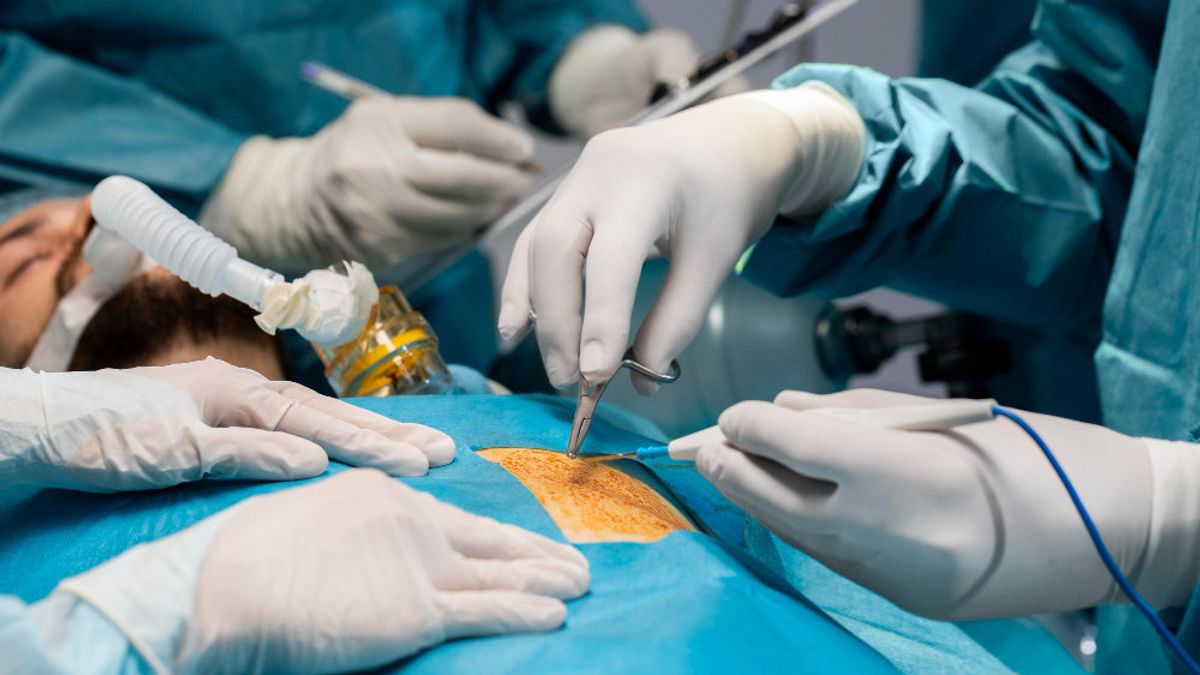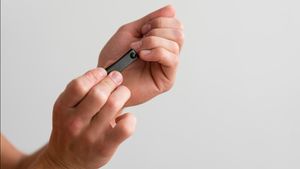YOGYAKARTA - The caesarean operation is a method of giving birth that is carried out by some pregnant women. Although the delivery method is considered safer and more comfortable for mothers, it is necessary to be aware of risks such as infections in scars. Therefore, it is better to know the characteristics of the infection caesarean stitches.
Mothers who have just carried out caesarean surgery need to receive proper treatment, especially on stitches. Sews after caesarean can have an infection. If this condition is allowed to result in fatal consequences or endanger the mother's life
A sign of infection in the internal caesarean wound can appear within 24 hours after undergoing caesarean surgery or in the first week after. As an anticipatory measure, mothers need to know the characteristics of the patient's seams of infection so that they can provide proper treatment if they experience them.
Infections in caesarean stitches can occur due to several conditions. The risk of infection with caesarean wounds can increase if the area around the wound is in humid condition. Infections occur when a plethora or bacteria enter deeper tissues under caesarean stitches, which may spread through blood vessels.
For mothers who will or have just finished undergoing caesarean surgery, here are the characteristics of the internal caesarean scar infection that you need to understand:
One of the signs that can be detected from infection with caesarean stitches is when the mother has a fever. The sign of the infection can begin with a fever due to the body's natural response when an infection occurs.
Mothers need to measure body temperature using a thermometer to monitor their fever. If the temperature shows 38oC or higher on a few days after the caesarean operation, it could be a sign of infection in the inner caesarean wound.
Symptoms of the stomach aches can also be a characteristic of infection with caesarean stitches. After undergoing caesarean surgery, feeling pain in the lower abdomen is actually a natural complaint.
However, if the pain worsens, it could be a sign that caesarean stitches have an infection. Stomach pain can be a characteristic or symptom that shows germs that fall into the caesarean stitches.
Another characteristic of infection with caesarean stitches that need to be considered is chills. In addition to fever, mothers can also experience cold to chills when an infection occurs in the internal caesarean stitches.
This chilling body condition appears as a natural mechanism for the body when experiencing high fever. So if the mother feels a fever accompanied by a chilled body, she can be watched out for as a sign of infection in the caesarean stitches.
Fatigue accompanied by post-cesarean pain can also be a sign of infection in caesarean stitches. When an infection occurs in the inner caesarean wound, the mother will also feel pain in the bone and muscles and get tired easily.
In addition to signs of infection in the inner seam wound, the mother also needs to know the characteristics of the infection of the outer caesarean seam wound. If you experience this condition, it is necessary to get treatment or treatment as soon as possible to prevent the spread of germs.
The following are the characteristics of the infection of the outer caesarean stitches that mothers need to know after the caesarean operation:
Those are the characteristics of caesarean stitches that mothers need to understand after undergoing caesarean surgery. If the mother experiences the above signs, it is better to immediately conduct an examination or treatment to a doctor. Also read the risk of complications of post-cesarean women that need to be watched out for.
Stay up to date with the latest domestic and other overseas news on VOI. We present the latest and most updated nationally and internationally.
The English, Chinese, Japanese, Arabic, and French versions are automatically generated by the AI. So there may still be inaccuracies in translating, please always see Indonesian as our main language. (system supported by DigitalSiber.id)













